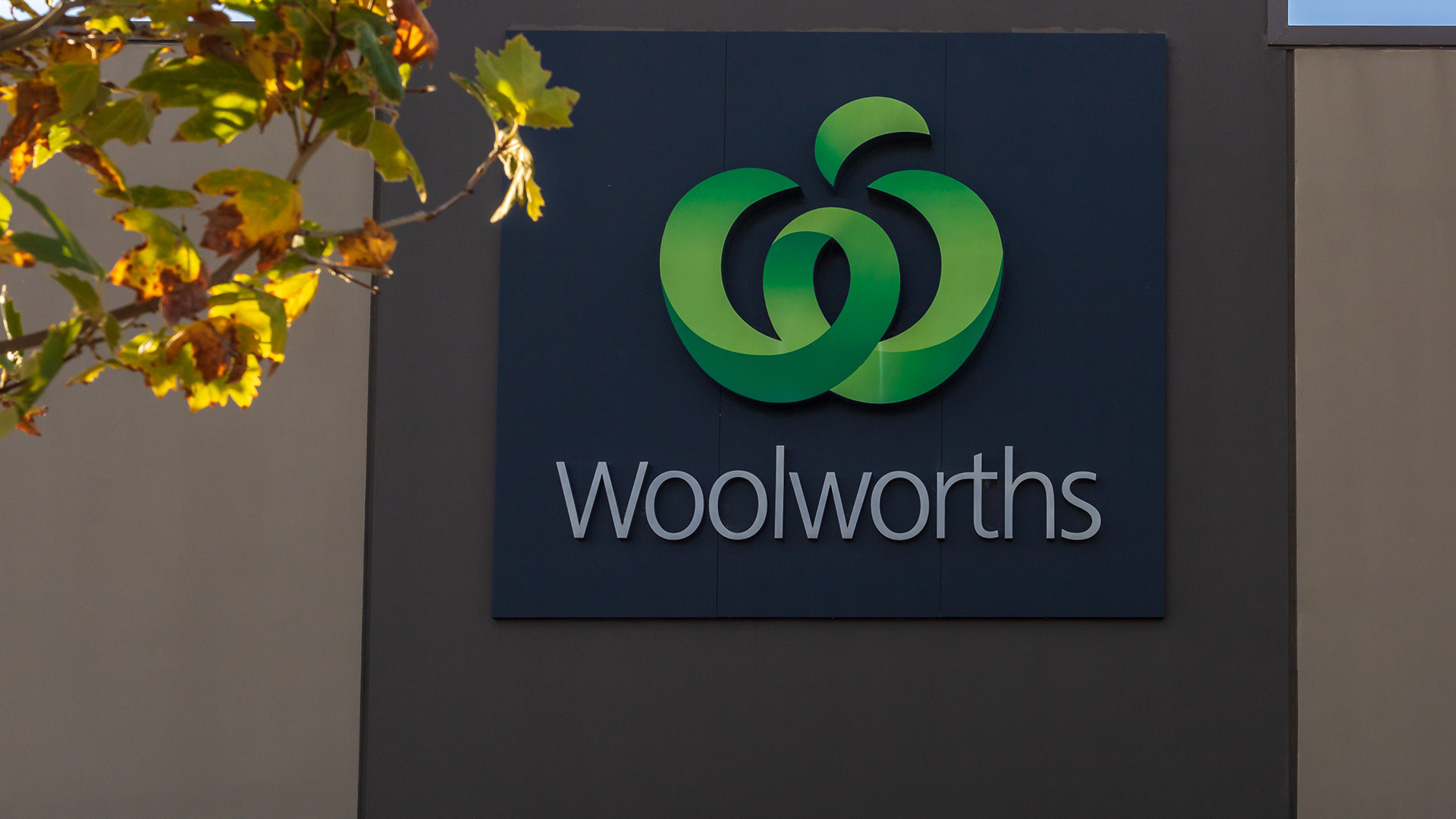Although the budget will have a lot to say about cutting spending to reduce pressure on the economy and will contain the government’s forecasts for inflation, jobs, growth and trade, the only ones that matter are from the Reserve Bank.
On Friday it released its second monetary policy statement of the year (which always comes out just before the budget).
As important as the budget is in shaping fiscal policy, the RBA’s targetting of an inflation rate of 2% to 3% over the medium term via the cash rate, means monetary policy is pre-eminent, and therefore what the RBA says about it more important for markets than the budget.
For that reason the latest monetary policy statement from the bank represents a sharp change in thinking: inflation is no longer just burbling along, seemingly under control.
It is now back on an upward track to peak somewhere towards the end of 2013.
So the rate rises that will come this year will be aimed at trying to make sure underlying inflation doesn’t reach that level, or at best, does so more slowly.
It is using quite conservative forecasts for the dollar, its current level of around $US1.07 and a trade weighted index of 78, remaining in place, and an oil price of around $US122 a barrel for Tapis crude in Singapore (which is the benchmark price for Australian oil). That’s up 22% since February and the RBA isn’t expecting it to fall soon.

Of course a downturn in the labour market could very well force a change in this approach, as could another crisis in the eurozone, which seems to be approaching a major inflection point about the sustainability of Greece’s rescue a year ago.
In the statement the RBA lifted its inflation forecasts for the next two years, and sent a very strong message that interest rates are going to rise as a result.
Underlying inflation is expected to reach 3% by December – one year earlier than forecast in February (And meaning headline inflation will be well over 3%).
That’s what its forecast was late last year, and in the February statement it pushed the forecast of 3% out to the end of 2013.
The RBA now sees underlying inflation rising to 3.25% by the end of 2013.
The central bank said that "further tightening of monetary policy is likely to be required at some point."
The central bank said that “a number of volatile items are simultaneously adding to headline inflation,” with severe weather events boosting fruit and vegetable prices, and with fuel prices also on the rise.
The central bank also said that it’s expecting the economy to record annual growth of 2.5% in June, rising to 4.25% in December.
That’s expected to moderate to 3.75% by December 2012.
“Developments in Asia are particularly important and, more broadly, it remains unclear as to how the pick-up in global inflation and the concerns about sovereign creditworthiness will ultimately be resolved,” the RBA said.
In the statement it said: "At present, a number of volatile items are simultaneously adding to headline inflation.
"The effect of the severe weather events on fruit and vegetable prices contributed significantly to inflation in the December and March quarters.
"Along with higher fuel prices, this is expected to see headline inflation above the medium-term target over the year to June, but the pace of headline inflation is likely to slow by early next year following the unwinding of the recent spike in fruit and vegetable prices.
"Abstracting from these volatile items, underlying inflation appears to have troughed at around 2¼ per cent in the December and March quarters, down from just over 4½ per cent in mid 2008.
"The appreciation of the exchange rate has led to significant declines in the prices of many traded manufactured goods, and inflation for non-traded items has also declined somewhat over the past year.
"Nevertheless, underlying inflation in the March quarter was slightly higher than anticipated at the time of the February Statement.
"Looking ahead, given the outlooks for both the world and domestic economies, year-ended underlying inflation is expected to pick up over the course of 2011.
In 2012, underlying inflation is expected to be around 3 per cent and, on the stated assumptions, to increase to 3¼ per cent by the end of 2013.
"This reflects a combination of factors, including a gradual further strengthening in labour costs as capacity utilisation and the labour market tighten, and the waning of the disinflationary effect of the recent appreciation. It is likely that inflation rates for a range of non-tradable items, including utilities (particularly electricity) and rents, will contribute significantly to overall inflation.
"Furthermore, global factors are likely to contribute more to inflation than over the past couple of years, given the recent strength in commodity prices and an expected modest acceleration in global manufactures prices."
The RBA looked at the risks to the forecasts from offshore events and concluded they revolve around the strength of global demand and commodity prices resulting from the easy money policies in the US, Europe and Japan.
But the bank said the main domestic uncertainty "concerns the behaviour of Australian households."
The RBA said the central forecast envisages that the saving ratio remains at around its current













